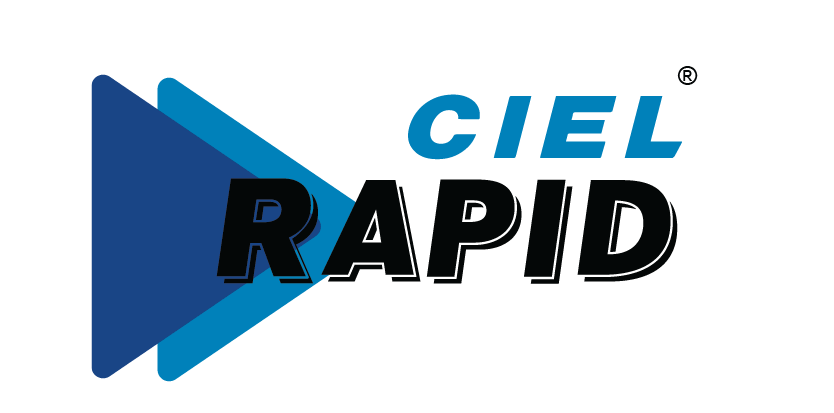
Leaders at the top have the challenge of raising the bar and consistently deliver better performance. They are always hungry for ideas to brighten the future and energy to put those ideas into action. Given the resource constraints, they make choices and put all their energies along the chosen path. They stay the course until they are sure, the best has been given. What can they do to ensure that the performance is maximized and there is no regret in the future?
Performance Ecosystem has to be Robust
HR Directors and Business Leaders know, the first step to a hi-performance organization is to define the understanding of success. They define the measures of success and assign goals for each of them. Then starts the flow-down to the bottom-most layer in the organization.
Organizations define KPIs (Key Performance Indicators) for each role and get the manager to define a SMART (specific, measurable, achievable, realistic and time-bound) goal for the employee. There are periodic discussions to evaluate the progress and make course-corrections. They typically follow an annual cycle when the manager has a formal meeting with the employee to review the year’s achievements and efforts, draws up a development plan for the future and arrives at a performance score. There are various methods by which the HR team sanitizes these scores and ensures that the process is consistently followed. Most progressive organizations have this ecosystem in place. Is this adequate to deliver the best results?
Many task-focused HR departments ensure that the string of activities are executed tirelessly. They make sure that the manager records his or her feedback, draws up the goals for the next cycle of evaluation and arrives at the performance score. This in itself is a herculean effort which must be applauded. Unfortunately, this is not yet the best!
The shareholders are looking for the best results. This ecosystem ensures completion of tasks but does not guarantee consistent results. We need total alignment in the organization, right from the top to the bottom in terms of organizational priorities, measurement scales and use of the tools in a uniform way. That brings the robustness!
Simple Design works the best
All of us know, objective measurements are easy and scalable; the number of KPIs should be 3 to 5 and not more than that. We also know, behavioral competencies are difficult to measure and are important. So, they must not be a long list of items and at the same time, should be defined in a simple way along with a rating scale so that they are understood uniformly.
Many organizations make the mistake of defining too many KPIs for a role. Nobody remembers them and hence, are not focused upon in day to day work. Some organizations have different KPIs for the same role and sometimes, these are not in sync with what the leader at the top is aiming at. Often leaders have no time to define KPIs for the business enabling roles. In such a case, business enablers in the organization run helter-skelter, fail to align with organizational priorities and need not be on the company’s full-time roles.
Hence, we must have a simple KPI structure that permeates the entire company and is logically aligned with those of the Top Leaders. Moreover, they must be transparent and well-understood.
OpMech matters
Operational Mechanics (OpMech) gets into the nuts and bolts of implementation. Leaders on the top have to ensure that the rank and file know what is valued in the company. They must know what is to be done when a customer complains, an employee has a personal problem, a conflict arises with the supervisor, a vendor asks for undue favours, an employee behaves rudely, someone has been consistently missing targets, two departments have disagreements, a news about the competition is heard and so on. The response to these issues define an organization and are much more deep-rooted than the KPIs, Rating Scales and Performance Scores.
Leaders have to find a rhythm to methodically reiterate what is valued, set examples and surface the difficult conversations. These form the bedrock on which the performance ecosystem operates. If the foundation is shaky, the ecosystem operating on the top could crumble suddenly some time. Hence, it is critical that the Top Leaders set the tone to define what is right and get their next levels to make those things operational at the ground level. Thus, the performance ecosystem works reliably as a seamless virtuous circle.

